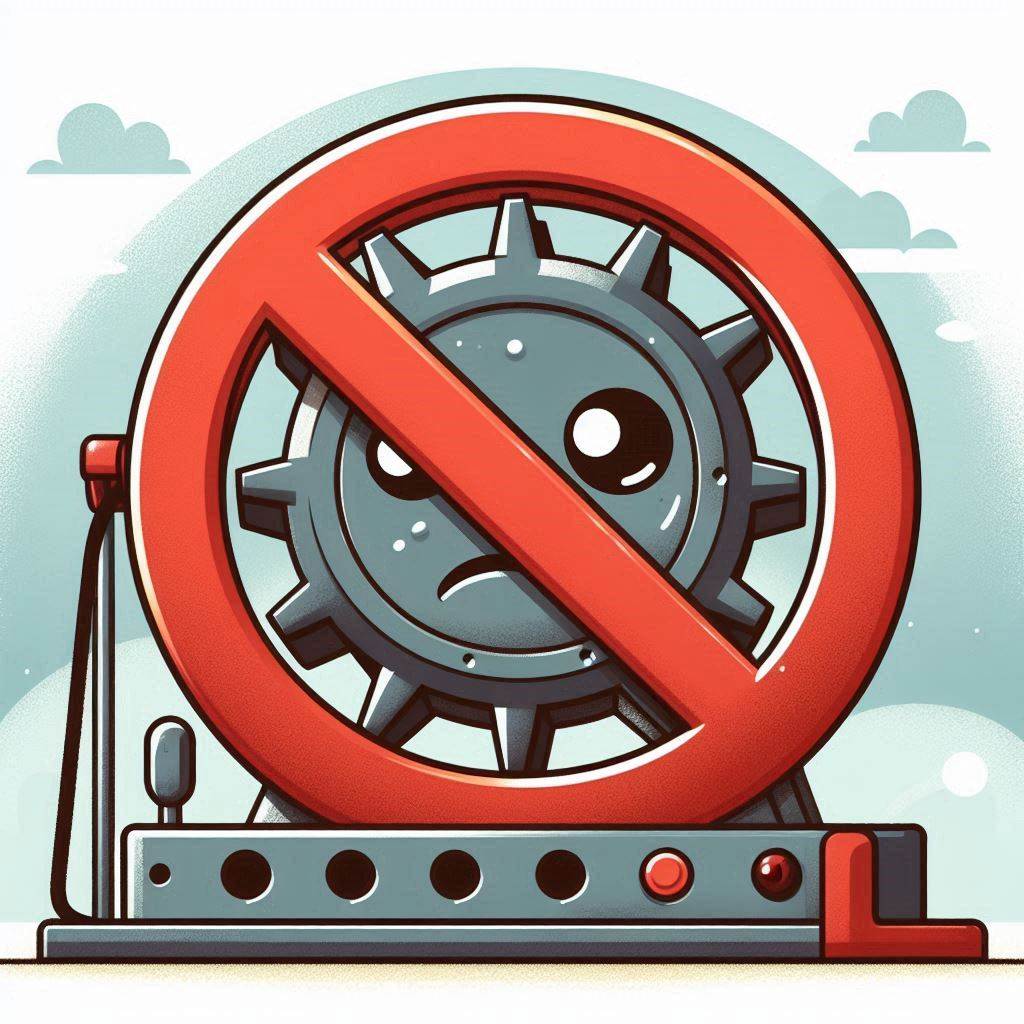
Digital automation is on the rise! And, as a digital automation company, we're helping contribute to that rise. But like with seemingly most things in life, there's a right, and then there's a wrong way to do things. The same is true for digital automation.
While automation can be highly beneficial, it can also be detrimental if misapplied, particularly in tasks that are crucial for relationship building and maintaining workplace culture.
Human interaction is important! In fact, it appears to be vital to our overall wellbeing and I can testify to this from my own experiences. A period of 4 years of 100% remote homeworking definitely had its benefits but, the negatives were huge too. Humans seemingly need to spend time with other humans. Ideally face to face, if not with voice, if not with text. Maybe this is why solitary confinement is considered such an extreme punishment.
For your customers too, they're going to want human interaction. Not all the time, not for everything but certainly some of the time. And, as more and more becomes automated, more and more becomes less personal, the human interaction provided by companies will be valued even more. That's my theory anyway.
So, human interaction is important, we know that. But with automation, there is a risk of disrupting this need in both employees and with customers.
A good example is Zoom. Zoom is great, it can send reminders, record meetings and connect with your existing software but it doesn't beat meeting in a group in person to brainstorm an idea, have a one-to-one, or kick-off meeting with a customer. Sure, Zoom is more convenient, cheaper and quicker. I'm not questioning that. But it's not the best for connection. Face-to-face rules in these circumstances. I think some people would disagree but then again some people are just wrong :).
Watching a livestream of a tropical beach isn't the same as actually being there.
Another good example is onboarding. Customer/client onboard aspects are usually a prime candidate for automation... in parts. For example, we could automatically send new customers a form for them to complete and then get the data fed into our systems, automatic emails get sent, spreadsheets get updated etc. Fine. But would the relationship be stronger if we instead called them and personally took the details? The rest of the automation flow would happen, still save time but not do away with a great opportunity for a personal, value adding interaction.
I did hear an interesting story of a woman who ran an outsourced call centre. She had 10s of agents working for her and business was good. Then, she under the banner of cost savings, replaced most of the team with AI bots. They were a human-centered company turned tech-focused company.
The business apparently tanked. There were severe money issues and then the company was reverted back to physical staff only and recovered.
So she was hooked on the marketing line and thought "Replace your whole customer service team with AI" and was seriously burned in the process.
This highlights another important idea - "don't go all in". I think that's an article in itself. In this story, AI maybe could have had its use case but it should have been tested in small doses. Or, used in a supporting way, not a replacing way. There's probably another article there - "always hold AI's hand".
I think this leaves us the need to hold human interaction as a sacred part of work. That's why here, we work to the idea that automation shouldn't cause a detrimental impact on customer service and ideally, should actually create an increase.
For most smaller businesses then, I think it makes sense for them to ask before automating a process:
On point 2, it makes sense to automate things that your staff hate first and let them keep hold of tasks they enjoy for as long as possible. Unless you really want to rock the boat that is.
And as you can imagine, the answers to these questions aren't always apparent. We can make educated guesses but won't always be able to predict the future.
That's why although embracing automation makes sense, it should be taken one step at a time. "Going all in" is great a idea when starting the gym for example but a terrible idea with automation.
HiTide helps small businesses win back their time and ⚡SUPERCHARGE⚡ their team's productivity by transforming their spreadsheets into a bespoke system.
Cookies
We use necessary cookies to make our site work. We'd also like to set analytics cookies that help us make improvements by measuring how you use the site. These will be set only if you accept.
For more detailed information about the cookies we use, see our cookie policy.